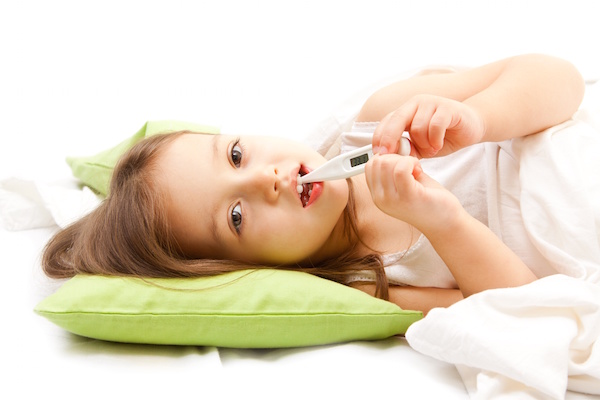
THURSDAY, Aug. 25 (HealthDay News) — Teen vaccination rates for human papillomavirus (HPV) are lagging behind rates for two other important vaccines in the United States, federal researchers say.
HPV infection can lead to cervical cancer in females, but HPV vaccination dramatically reduces the risk of infection. HPV vaccines are given in three doses over six months. All three shots must be received to ensure the highest level of protection, according to background information in a news release from the U.S. Centers for Disease Control and Prevention.
The CDC recommends HPV vaccine for 11- or 12-year-old girls to protect them against the types of HPV that cause cervical cancer. The CDC also recommends teenage girls who have not yet been vaccinated with HPV vaccine complete the vaccination series.
But an analysis of data from the 2010 National Immunization Survey-Teen found that coverage rates for the Tdap vaccine (which protects against tetanus, diphtheria and pertussis, or whooping cough) and the MenACWY vaccine (which protects against meningococcal meningitis) are increasing at a much faster pace than the HPV vaccination rate.
The national teen survey, which included more than 19,000 participants aged 13 to 17, revealed that coverage in 2010 was 69 percent for Tdap, 63 percent for MenACWY, 49 percent for one dose of HPV vaccine, and 32 percent for three doses of HPV vaccine.
The increase in full HPV vaccination between 2009 and 2010 was 5.3 percentage points, compared with increases of 13.3 percentage points for Tdap and 9.1 percentage points for MenACWY, the CDC researchers found.
Blacks and Hispanics were less likely than whites to receive three doses of HPV vaccine, and girls living in poverty were also less likely to complete the triple-dose HPV series, the authors reported in the Aug. 26 issue of the Morbidity and Mortality Weekly Report, published by the CDC.
“More U.S. teens are being protected against these serious, and sometimes deadly, diseases,” Dr. Anne Schuchat, director of the CDC’s National Center for Immunization and Respiratory Diseases, said in the news release. “However, the HPV results are very concerning. Our progress is stagnating, and if we don’t make major changes, far too many girls in this generation will remain vulnerable to cervical cancer later in life. Now that we have the tools to prevent most cervical cancers, it is critical that we use them.”
Each year in the United States, about 6 million people become infected with HPV and about 12,000 women are diagnosed with cervical cancer, according to the CDC.
More information
The U.S. National Cancer Institute has more about HPV vaccination.

